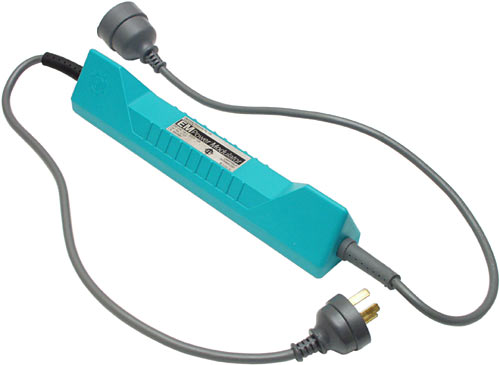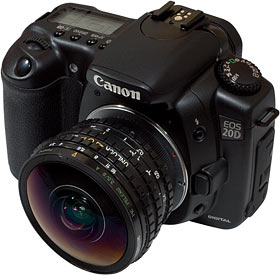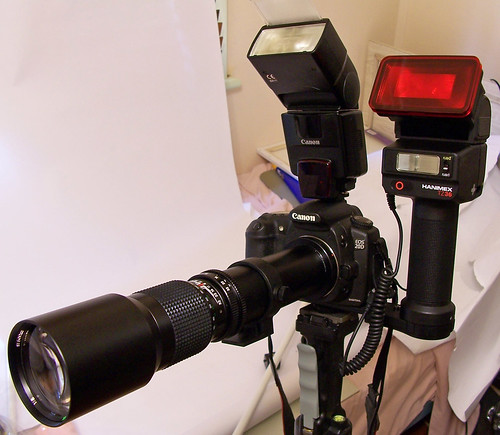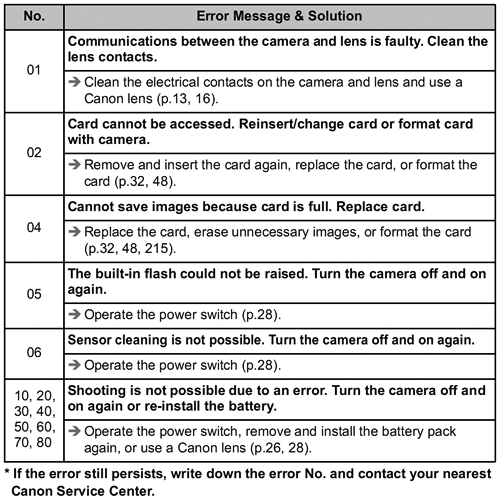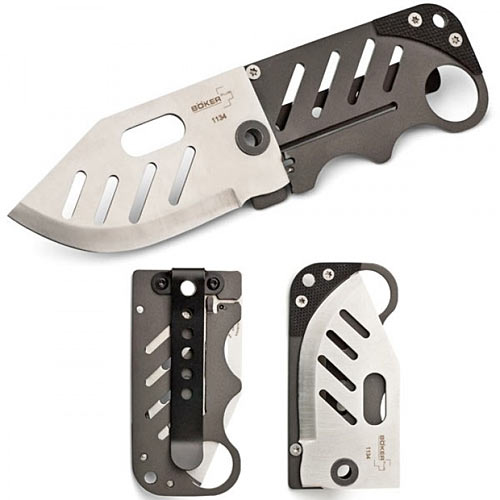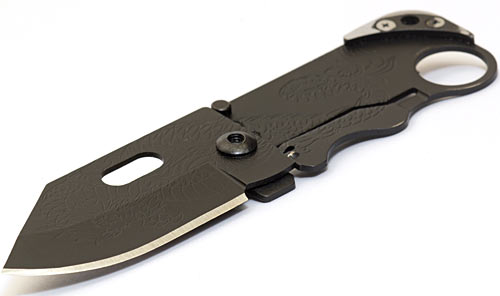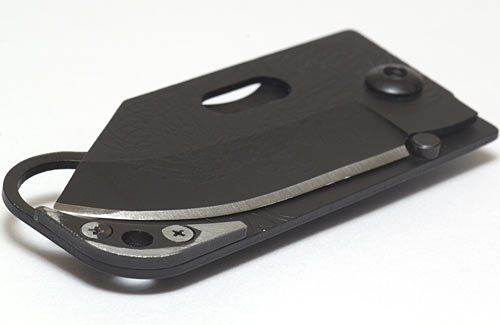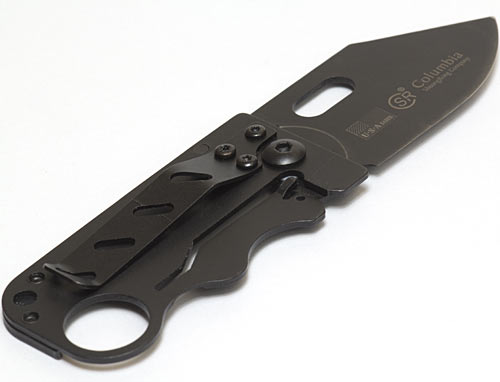How did Felix Baumgartner break the sound barrier by falling? I've always thought there was some kind of maximum velocity because of drag, even for someone trying to minimize it, in the vicinity of 200km/h.... Is this simply because the atmosphere is sparser up there? (Which would explain the bother about getting 42km off the ground when the max speed is reached after 40 sec.)
In the same vein, to what extent could an astronaut bail out of the ISS, Kursk-style?
Florian
(Everybody's seen the real video.)
The usually-quoted human terminal velocity - as you say, around 200 km/h for a skydiver in "star" pose, well over 300 km/h for a skydiver in a head-down pose with limbs tucked in - applies only to normal skydives, which don't start at such a high altitude that the divers even need supplementary oxygen, much less an actual pressure suit.
15,000 feet (about 4.6 kilometres) is a high jump altitude for a recreational skydiver. At that altitude atmospheric pressure is still above 50% of what it is at sea level. Unacclimated people won't be able to get much done at that pressure and will probably start feeling pretty miserable if they stay there for a long time, but if you're just sitting in a perfectly good aeroplane out of which you shortly intend to jump, it's not a huge problem.
5,000 feet (about 1.5 kilometres) is a much commoner skydiving altitude. At that altitude you've still got 80% of sea-level air pressure. The excitement of the impending jump will have much more effect on you, at that pressure, than the thinning of the air.
EDIT: As per ix's comment below, 13,000 feet is actually quite a common skydiving altitude for, as arkikol's comment explains, regulatory-loophole reasons.
(Katoomba, where I live, is about a kilometre above sea level, which is high for Australia; this country's pretty geologically inactive, so for a very long time erosion's been wearing the mountains down and nothing's been pushing them up. A thousand metres is still enough to drop atmospheric pressure to about 87% of that at sea level, though. I therefore get a very mild sort of altitude training any time I go to the shops, or take Alice the Wonder Dog, who needs more exercise than our friends who own her can quite manage to supply, for a walk.)
You need a pressure suit above the "Armstrong limit" (named for Harry George Armstrong, not Neil), which is the pressure where water boils at human body temperature. There is no way to survive for more than a minute or three above the Armstrong Limit, even if you've got pure oxygen to breathe.
The Armstrong limit is around 19.2 kilometres (about 63,000 feet above sea level, 2.2 Mount Everests), depending on the weather. Felix Baumgartner's Red Bull Stratos dive started from a little more than 39 kilometres above sea level.
At that altitude, the air pressure is about four thousandths of an atmosphere. That's 3.9 hectopascals, or 0.056 pounds per square inch. A home experimenter would be pretty pleased to own a mechanical vacuum pump able to pump down that low.
When the air is this tenuous, there is obviously not much air resistance to slow down a falling body. The terminal velocity of a skydiver (or a feather pillow, for that matter) will thus be far higher than it is for a human falling at normal skydiving altitudes.
The speed of sound in a gas, including air, depends on the gas's density, pressure and temperature. For the earth's atmosphere, this results in a rather odd variation of sound-speed with altitude, conveniently displayed in this graph I just ripped off from Wikipedia:
You can see that temperature is the major factor - the shape of the blue speed-of-sound line closely matches that of the red temperature line. This is because density and pressure decrease together with altitude, and cancel each other out.
You can also see, once again, that at 39 kilometres up where Baumgartner's dive started, there ain't much air left at all. The higher you go, the more perverse it therefore becomes to be concerned about the speed of sound at all, from the point of view of a skydiver.
Breaking the sound barrier at "normal" altitudes is a big deal. Even aircraft that only want to come vaguely close to the speed of sound, like jumbo jets, need special design features to prevent alarming things happening when they get above about Mach 0.75.
("Alarming things" include stuff like "the controls not working any more". Quite a lot of World War II airmen lost their lives when a power-dive pushed them fast enough that air was passing over certain parts of their aircraft at transonic speed. Some aircraft designs also helpfully went into a dive all by themselves if flown too fast.)
When the air's so thin that a paper plane would drop like a rock, though, all the same transonic shockwave stuff may be happening, but the forces involved are too feeble to worry about.
So yes, Baumgartner broke the speed of sound, but it wasn't that big a deal, because he was starting from so high up that he would probably have fallen at least a couple of hundred metres per second even if he'd opened his parachute the moment he jumped.
OK, on to bailing out from the International Space Station. This is problematic.
The ISS is in orbit, so if you jump out of it, you'll just be in orbit too. Whatever relative velocity you can give yourself with your legs will not be enough to make a significant difference. In order to actually fall into the atmosphere, you'll have to kill some of your orbital velocity with some sort of thruster - this is how spacecraft "de-orbit".
Let's presume you have a magical reactionless thruster doodad that lets you bring yourself to a halt relative to the surface of the earth directly beneath you, just as if you'd jumped out of a balloon that'd somehow made it to the ISS's altitude. Presumably you planned to further employ your reactionless lift belt or boots or whatever to float down majestically at whatever speed you wanted. But when you pressed the button to kill your orbital momentum, the device burned out, and now you're falling.
The ISS's low Earth orbit is about 400 kilometres above sea level. At that altitude, there's still enough of a trace of atmosphere to cause the ISS's orbit to decay by a couple of kilometres per month, so it requires frequent "reboosting" to stop it falling into the ocean ahead of schedule. From the point of view of someone who just told his fellow cosmonauts that he's just going outside and might be some time, though, it's a vacuum at 400 kilometres.
Low earth orbit is high enough that the Earth's gravity is somewhat attenuated, but only from about 9.8 metres per second squared to about 9.0.
So, starting at 400 kilometres and accelerating at nine metres per second per second, with both gravity and air density slowly rising as you fall. I don't know exactly how this'd work out, but I think that by the time you'd fallen 300 kilometres and passed the 100-kilometres arbitrary "start of space" altitude, you'd be falling at about 2.5 kilometres per second.
That's a pretty darn impressive speed, but it's much more manageable than actual orbital velocity. The ISS's orbital velocity is about seven kilometres per second; when the Shuttle Columbia broke up into flaming particles, it had managed to slow down to around six kilometres per second. Since energy increases with the square of the speed, an object travelling at seven kilometres per second that's trying to slow down has 7.8 times as much energy to get rid of as one travelling at 2.5 km/s.
2.5 km/s at a hundred kilometres altitude would probably be survivable, perhaps with some sort of ribbon parachute or similar drag device to bleed off speed steadily as the air got thicker.
But all of this is a bit silly, because it assumes that you've somehow managed to get rid of the several kilometres per second of your initial orbital velocity. That, there, is the big problem. If an orbiting spacecraft had enough reaction mass to kill its orbital velocity while it was still in space, it could then use wings or pop a gigantic parachute or three and sail down quite serenely, with no need for troublesome heat shields at all.
(This is why the Virgin SpaceShipOne and Two don't need heat shields. They're suborbital spaceplanes, not "real" spacecraft. They go very high by aircraft standards, then they fall back down again, never gaining or having to dispose of actual orbital velocity.)
Psycho Science is a regular feature here. Ask me your science questions, and I'll answer them. Probably.
And then commenters will, I hope, correct at least the most obvious flaws in my answer.






